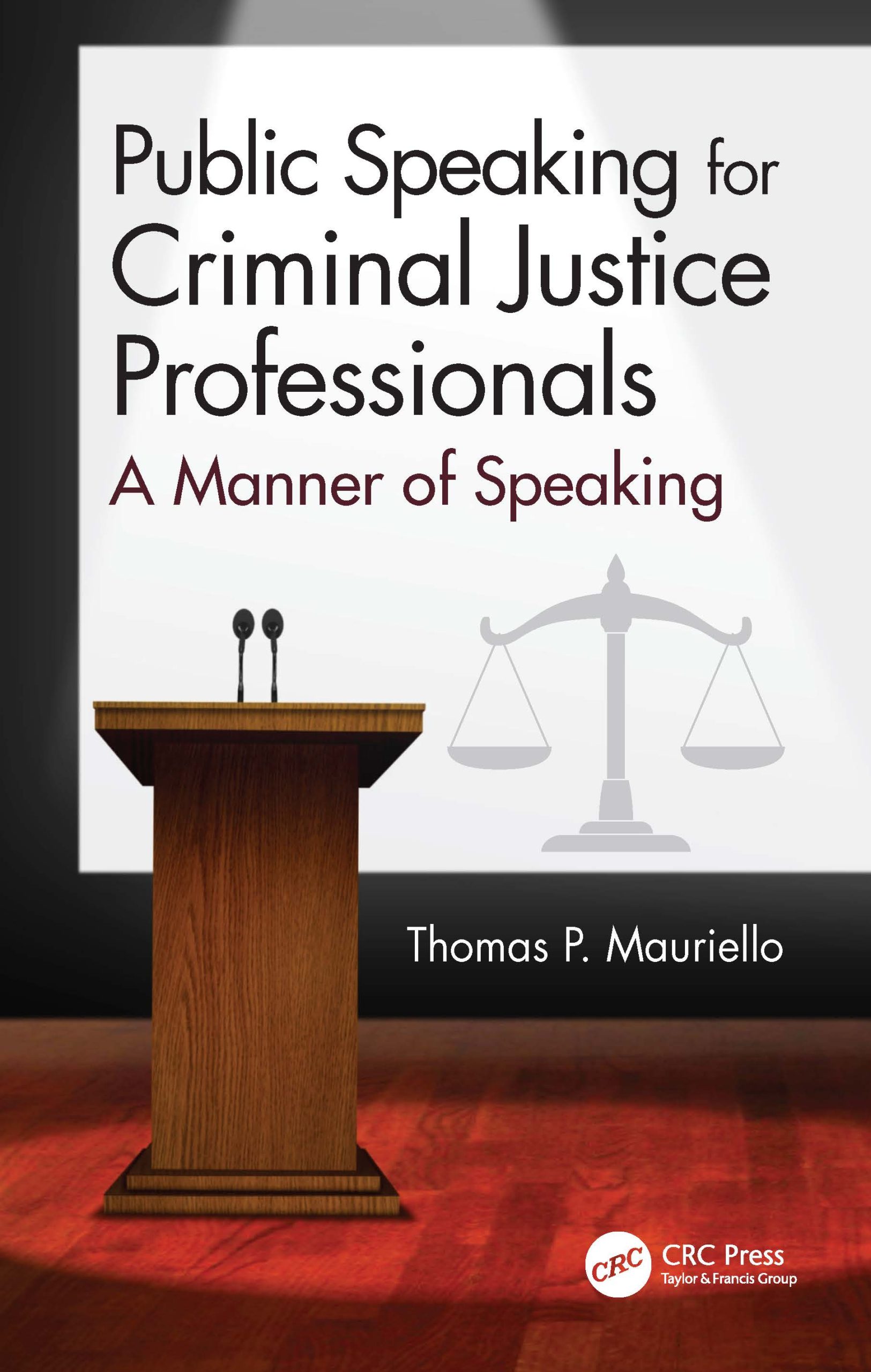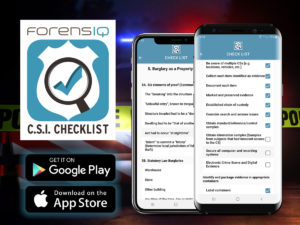Body Farm
Fox Valley Technical College in Wisconsin will be creating a body farm for research and training. A body farm is an outdoor research facility where forensic scientists have animal carcasses and human cadavers in different settings where they can study decomposition. This farm will help in determining time and circumstances of death that can be used in investigation. There are body farms in Colorado, North Carolina, Pennsylvania, Tennessee and Texas. What is unique about this body farm is that researchers will be able to study decomposition in extreme cold. For those who are thinking about donating their bodies to science here’s a way to make a difference in the forensic community.
Click here for full article
Source: USA Today
[Abstract written by Alicia Terrell, ForensIQ Intern, 040314]
Fluorescent Sensor Detects the Date-Rape Drug
The technical term for the date-rape drug is GHB or Gamma-Hydroxybutyric acid. It is a central nervous system depressant that can incapacitate a person. GHB is odorless, colorless, and little salty and is pretty much undetectable when mixed in a drink. It takes effect within 15 to 30 minutes and can last for three to six hours. This is the reason why sexual predators use it. A Chemistry team from the National University of Singapore has developed a fluorescent sensor that detects the presence of GHB. The sensor is highly sensitive and produces a quick response. When the GHB is added to a drink the sensor’s florescent color looses its intensity. The team plans to invent a portable GHB detection kit within a year. This could make a vast difference in the prevention of GHB facilitated sexual assault.
Click here for full article
Source: Forensic Magazine
[Abstract written by Alicia Terrell, ForensIQ Intern, 040314]
Fingerprints May Hold More Information
For years, fingerprints have been significant in terms of identifying people involved in crimes, whether they are victims, suspects, or neither. But what if fingerprints could tell us more about the person they belong to than simply their identity? In the near future, this could be a reality as Sheffield Hallam University has pioneered technology to do just that. The technology is called Matrix Assisted Laser Desorption Ionisation Mass Spectrometry Imaging (MALDI-MSI) and is said to be able to determine the sex of the individual as well as certain chemicals or objects that they have recently come into contact with.
Click here to read more.
[Abstract by Walter Tates, ForensIQ Inc. Intern. 040214]
Fiber Identification – Getting Deeper than the Surface
X-ray photoelectron spectroscopy is a technique used to determine the chemical signature of the surface of whichever fabric is being tested. This is performed by zapping the test sample with a focused X-ray beam, knocking electrons off of the surface and into a detector to measure the kinetic energy possessed in the electrons. This technique, however, is not very effective on fabrics treated with chemicals. Using a tweaked method of this technique, Brian Strohmeier, a scientist at Thermo Fisher Scientific, a laboratory-instrument company based in Massachusetts, is able to get beyond the surface and past the chemical treatments. This opens the door to a more comprehensive analysis of the fabric and where it originated.
Click here to read the article.
[Abstract by Walter Tates, ForensIQ Inc. Intern, 040314]
The ForensicWeek.com Show – “Unresolved Crime”
| F |
orensicWeek.com is airing Episode 56 this Thursday, April 3rd at 7:00 PM (EST). The topic for discussion is “Unresolved Crimes.” The show will examine cold case investigations and how one of our guests has designed a Cold Case Investigation Model to assist investigators on how to resolve cold cases and unresolved homicides. Guests include Dr. James Adcock, Center for the Resolution of Unresolved Crime; and two return guests, retired NYPD detectives Joe Giacalone and John Paolucci, experts in Cold Case Review & Investigative Training. Want to learn what is really being done to reduce unresolved crime in the U.S.? Then join host, Tom Mauriello and his guests and student interns LIVE and archived on www.ForensicWeek.com. Thank you for watching!
Voice Biometrics Technology
Nuance Communications has created a tool called Nuance Forensics. It is a voice biometrics solution that can assist with criminal investigations and the prosecution and defense of suspects. Nuance uses a voice biometrics technology to help confirm or deny someone’s identity based on audio files that are used during investigations. This technology delivers accurate and unique identifying characteristics based on an individual’s voice. Instead of listening to hours of audio recordings, investigators can use Nuance to pinpoint conversations of interest by filtering out audio recordings. This will accelerate the investigations and may be able to be used for the purposes of prosecution or defense of a suspect. Nuance Forensics also has innovative algorithms that can identify dialect, the language spoken, and the gender of a speaker in a recording.
Click here for full article
Click here for more info on Nuance Communications
Source: Forensic Magazine
[Abstract written by Alicia Terrell, ForensIQ Intern, 032714]
DNA Mugshot
Genetics have been used in the past to hypothesize ancestry based on physical features that can be predicted through the information coded in DNA. But is it possible to predict what the person actually looks like? A new technology called “molecular photofitting” is being explored as a way to produce an image of a suspect based on DNA left at a crime scene. Using several genetic variants found in DNA coding, it is already possible to determine ancestry and some shades of hair color, but strides have been mad to narrow the scope down to determining facial structure, as variants in genes have been linked to predicting facial shape.
Click here to read the full article.
[Abstract Written by Walter Tates, ForensIQ Inc. Intern, 032714]
The ForensicWeek.com Show airing Episode 55 “Forensic Entomology”
| F |
orensicWeek.com is airing Episode 55 this Thursday, March 27, 2014 at 7:00 PM (EST). The topic for discussion is “Forensic Entomology.” The show will take a fascinating look at how crime scene insects can reveal the time of death of a corpse as well as detecting abuse in children and neglect of the elderly. Forensic Entomologist, Dr. Jason H. Byrd is the special guest, who is associate professor and associate director of the William R. Maples Center for Forensic Medicine, at the University of Florida. Want to learn what roles insects play in our lives and how they help solve crime, then join host, Tom Mauriello LIVE and archived on www.ForensicWeek.com. Thank you for watching!
Fort George G. Meade Chemist Is Awarded The AAFS Rolla N. Harger Award
On Feb. 21, 2014, Michael Smith, supervisory chemist at Fort George G. Meade’s Forensic Toxicology Drug Testing Laboratory, was awarded the Rolla N. Harger Award from the American Academy of Forensic Sciences.
Throughout his career, Smith has been assigned: chief of forensic testing at the Armed Forces Medical Examiner’s Office in Rockville, scientific programs officer in charge of drug demand reductions for the Army at the Pentagon, expert medical witness personnel in military court-martial proceedings at the Armed Forces Medical Examiner’s Office, and is currently a supervisory chemist at Ft. George G. Meade overseeing drug testing for civilian defense employees. Additionally, Smith has helped conduct medical research that has been published in more than 90 publications, including Clinical Chemistry, Journal of Analytical Toxicology and Journal of Forensic Sciences.
Smith was presented with the Rolla N. Harger award for his lifetime achievements and contributions to the field of forensic toxicology during a career spanning more than 25 years.
Click here to read the full article and learn more about the Rolla N. Harger Award!
Source: Capital Gazette
[Abstract written by Noel Andres, ForensIQ Student Intern, 3/13/14]
Free Webinar on Non-Standard Forensic DNA Research
At the 2014 American Academy of Forensic Sciences Grantees Conference, scholars gathered in Seattle, Washington to discuss their research and findings. Many of these NIJ grantees have been invited to present their research again, but this time in live webinars. These academic presentations are the first of several events and will feature:
- (1) Development of DNA-Based Multi-Species Identification and Quantification Assays by Jillian Ng, University of California-Davis
- (2) Characterization of X Chromosomal Short Tandem Repeat Markers for Forensic use by Toni Diegoli, Armed Forces DNA ID Lab
The live webinars will air on March 18th, 19th, and 20th at 1 p.m. E.T. Upon completion each participant will receive a Certificate of Completion. Register now for a 60 minute live virtual classroom presentation as Jillian Ng and Toni Diegoli discuss topics in Forensic science, technology, and toxicology.
Click here to learn more and to register for one of the three dates!
Source: RTI International
[Abstract written by Noel Andres, ForensIQ Student Intern, 3/13/14]
Bacteria as a Measurement of Post-Mortem Interval
Body temperature and the presence of insects have been used as determinants of the amount of time that a body has been lifeless for years, but Sybil Bucheli and Aaron Lynne think that bacteria can be looked at in place of these. By studying and understanding certain bacteria already present in the human body, they believe that detecting changes over time in these known bacteria can be useful in application as a forensic tool to determine the time of death or post-mortem interval.
Click here to read more.
[Abstract written by Walter Tates, ForensIQ Intern, 031213]
400,000 Rape Kit Backlog
The Department of Justice says there are around 400,000 rape kits that are being untested around the country. In 2001 after New York City processed its 17,000 backlog their arrest rate for rape cases increased from 40 to 70 percent. Also in Detroit they analyzed the first 10 percent of their 11,000 backlog which led them to 46 serial rapists. Local authorities cannot afford to process all their kits containing DNA that could lead to convictions. Testing a rape kit could cost anywhere from $500 to $1,500. The White House announced an initiative to devote 35 million of the 2015 budget to processing unopened kits. Reopening of these kits could make a difference since rapists have one of the highest recidivism rates. These women go through exams that can take up to four hours and some will never hear anything about it because it can’t be processed.
Click here for full article
Source: New Republic
[Abstract written by Alicia Terrell, ForensIQ Intern, 031314]
Agilent Technologies Sponsors Forensic Training
Agilent Technologies is a company who sponsors free web based training. It gives professionals the chance to learn from industry experts the latest analytical tools and strategies in forensics and criminalistics. They provide web-based training for forensic and medical professionals, law enforcement and ancillary professionals. Here are a few upcoming events:
1. DART-TOF for Analysis of Bulk Drugs- Thursday, March 27
2. Controlled Substances Analysis- Thursday, April 10
3. Drugs of Abuse Analysis with the LC QQQ- Thursday, June 17
4. Designer Drug Analysis using the GC QTOF- Tuesday, Sept. 16
To learn more and to Register Visit ForensicEd
Click here for more information on Agilent Technologies
Source: RTI International
[Abstract written by Alicia Terrell, ForensIQ Intern, 031314]
The ForensicWeek.com Show – “ASPCA’s Forensic Sciences and Anti-Cruelty Projects.”
| F |
orensicWeek.com is airing Episode 54 this Thursday, March 13, 2014 at 7:00 PM (EST). The topic for discussion is “ASPCA’s Forensic Sciences and Anti-Cruelty Projects.” The show will take a captivating look at a specialized field that collects and analyzes evidence in animal related crimes. Special guest, Dr. Randall Lockwood, Senior Vice President of the American Society for the Prevention of Cruelty to Animals, Forensic Sciences and Anti-Cruelty Projects, will discuss how they work alongside animal rescuers and various agencies to collect and analyze evidence that local, state and federal law enforcement use to clinch cruelty convictions. So join host, Tom Mauriello, LIVE and archived on www.ForensicWeek.com. Thank you for watching!
Intelligent Fingerprinting for Drug Screening
A British company, Intelligent Fingerprinting, is developing the first handheld fingerprint-based drug screening device. This device is a non-invasive technology that can screen for multiple drugs and gives results in less than ten minutes. They have gotten funding from private US-based investors on top of government funded grants that will support their final stages of providing this product commercially. This could end the hassle of specialist collection arrangements and biohazard disposal facilities. The device is expected to go into pilot production in 2014.
With Colorado and Washington having legalized recreational marijuana there is the question of road side testing for impaired driving. Maybe this type of technology could shed light on the issue.
Click here for full article
Source: Forensic Magazine
[Abstract written by Alicia Terrell, ForensIQ Intern, 030514]






